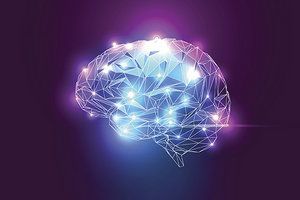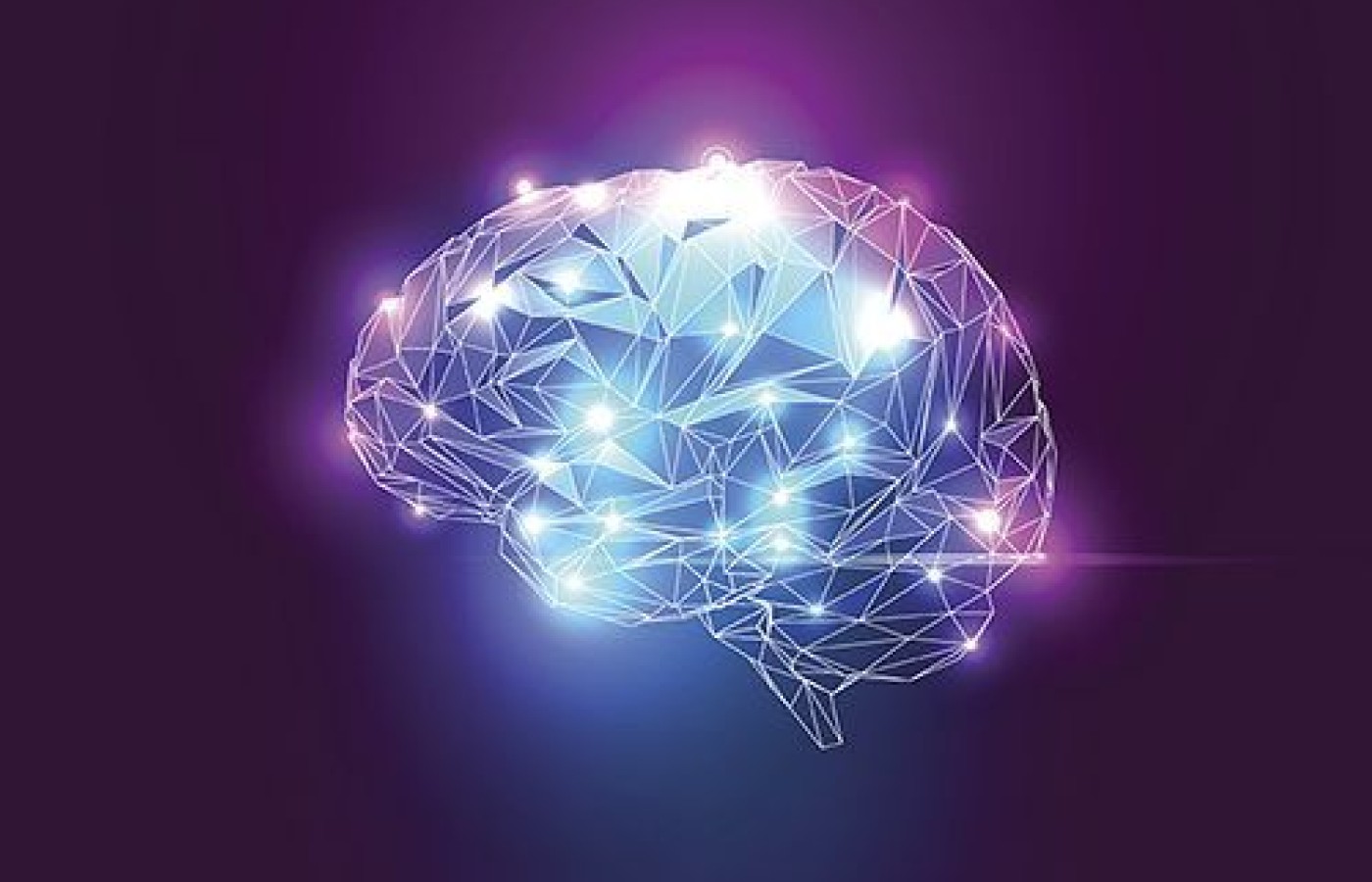Whether you accept it, avoid it or live somewhere in between, insurance coverage has become a defining issue for our profession. Patients increasingly expect to use their benefits, practitioners want to be compensated fairly for their time and expertise, and the system itself remains – at best – fragmented. The encouraging news is that coverage has expanded in meaningful ways. The challenging news is that reimbursement, across the board, remains inadequate.
Distal Style Treatment of Neurogenic Pain
Treat locally or distally? This question has frequented my thoughts for the treatment of pain throughout my acupuncture career. Each style has strengths and weaknesses, thus the versatile practitioner would do well to forgo dogmatic adherence to any one style in deference to the needs of the individual patient.
Traditional Chinese medicine favors local points with a smattering of distal points from secondary channels or elemental relationships. This strategy includes the use of unique tender points, as well as established trigger and motor points that comprise the modern myofascial practice of acupuncture. Meridian therapies favor distal points, often leaving the affected area free of pins so the patient can mobilize the area during treatment. Japanese acupuncture has long utilized distal points to free restrictions in the hara.
Each modality has merit, yet one therapy may potentially out-perform another in a certain context. I have had patients respond beautifully to a distal approach only to come back months later with a different area of pain that required local treatment for resolution and vice-versa. I have come to appreciate that different acupuncture styles each have a stronger affinity for the treatment of different etiologies of pain.

If we simplify pain into three categories — structural, soft tissue, and neurogenic — local acupuncture is well suited for structural pain, with some positive effects on soft tissue pain and to a much lesser extent, neurogenic pain. Distal acupuncture is ideal for neurogenic pain, good for soft tissue pain, and weakest for structural lesions. There is considerable overlap however, so the wise practitioner will need to be flexible and quickly switch strategies if the chosen method is not successful after a few treatments.
Of all the kinds of pain, neurogenic pain is perhaps the least understood. Data gleaned from neuroscience tells an interesting story about both the complexity and plasticity of the human brain. The central nervous system is capable of a multitude of strange and unusual phenomena, from a mixing of senses (synesthesia), to the sensation of pain in an amputated limb (phantom limb syndrome).
What is known about the brain has come through intriguing experiments with cutting-edge technology, such as functional MRI scans. This research has given rise to the term neurocircuitry, implying the interaction between different brain areas, allowing for a complex coupling of thoughts, emotions, and sensations. This is how the smell of freshly baked cookies can bring back a childhood memory of grandma's kitchen. It may also explain how trauma can lodge itself deeply within the physical body, intertwining the emotional aspect of the event with the chronic and unremitting sensation of physical pain.
Furthermore, neurocircuits may perpetuate a physical pain to distract the self away from emotional pain. This may seem contradictory as mobility is crucial for survival; however, severe emotional trauma may be far more debilitating, fracturing one's personality and threatening ostracization. Thus, many people will limp along, getting by without the will or support to confront deeply rooted emotional traumas or the neurogenic pathways created from them.
Neurogenic pain requires a very different approach from interventions targeting soft tissue injuries and structural lesions. Where an uncomplicated acute injury will heal, a chronic one might linger, defying all manners of treatment. In this case, we as acupuncturists must liberate the brain from its engrained pattern, signaling it to rewire itself toward comfort and ease.
Distal acupuncture is exceedingly effective for the treatment of neurogenic pain, perhaps because it encourages the dismantling of pain neurocircuits, or fosters myelination of healthy ones. Research suggesting this effect is evidenced when a specific region of the brain lights up in a fMRI scan when acupuncture is applied to Liv-3 just seconds prior.
Acupuncture may be providing a strong enough stimulation via the peripheral nerves (primarily in the limbs) to therapeutically access the sensory cortex of the brain. This effect can be globalized when combined with affirmations, or evoke memories that access the limbic system of the brain. This concept is used extensively in a therapy known as meridian tapping.
Meridian tapping is the generic name for a whole host of techniques under the discipline of energy psychology. During therapy, spoken affirmations draw the conscious mind to a troubling thought or emotion. Once acknowledged, the person taps on specific acupuncture points that signal different areas of the brain. Deceptively simple, meridian tapping has an amazing effect in creating a disconnect between a trauma and the body's visceral reaction to it. This is critically important considering so many of us go about our lives physiologically still connected to traumatic events. In fact, the very thought of the trauma can increase our heart rate and make our breathing shallow. The application of meridian tapping to treat stagnation of the emotions is arguably a modern qigong form.
A clinical pearl for the treatment of neurogenic pain is the avoidance of stimulants, particularly caffeine, which is perhaps the most problematic. Stimulants make any biological process more pronounced, akin to adding gasoline to an already inflamed brain.
Why exactly the body stores pain and trauma in our nervous system is a mystery. Thankfully, we do have reliable techniques to address neurogenic pain. Consider distal acupuncture as a first line of treatment with consideration toward mind-body approaches, such as meridian tapping, for recalcitrant cases. A great strength of acupuncture is its versatility. Experiment with different styles and contribute your findings to the ever-growing body of anecdotal evidence which continues to shape our profession.



